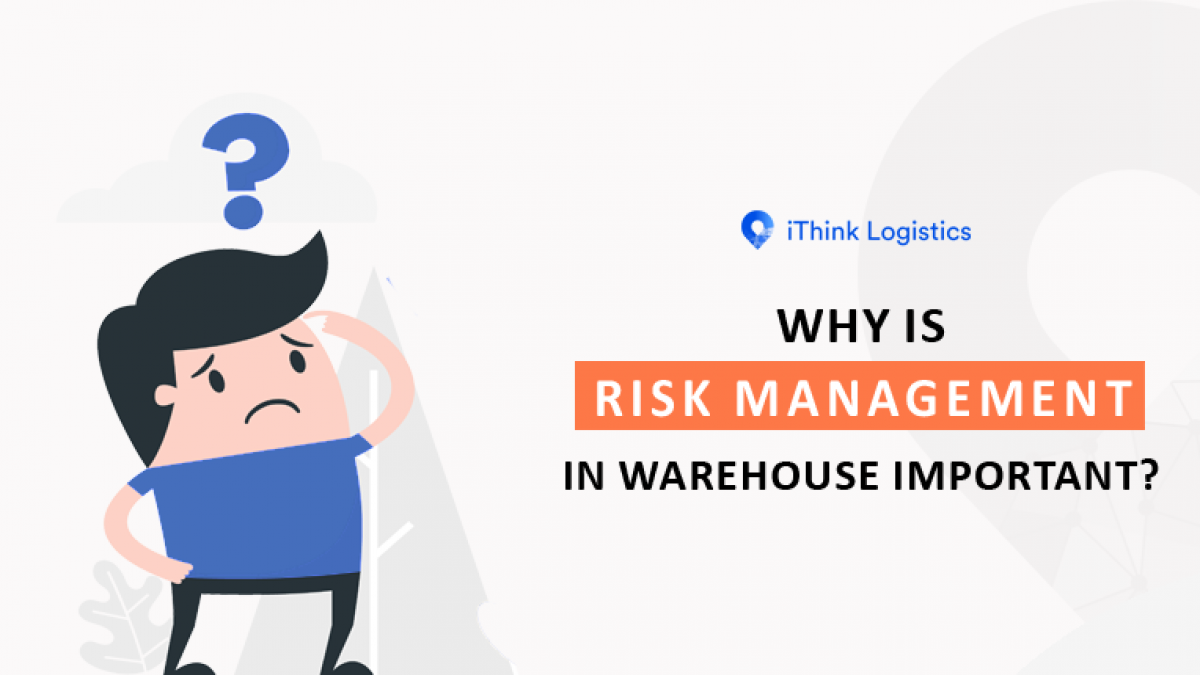Why Organizations Should Focus on the Importance of Risk Management Now More Than Ever
Why Organizations Should Focus on the Importance of Risk Management Now More Than Ever
Blog Article
The Critical Relevance of Risk Management in Getting Organizational Objectives
In the quickly advancing service landscape, the ability to navigate unpredictability has become a vital. This is where Risk Management action in, providing an organized strategy to recognizing, evaluating, and mitigating prospective barricades to advance. It's even more than just a protective measure - it's a calculated device, promoting resilience and development. As we explore the essential duty of Risk Management in attaining organizational objectives, one can't wonder yet help: how does this translate into real-world success?
Comprehending the Idea of Risk Management in Company

The Essential Duty of Risk Management in Strategic Planning
Integrating Risk Management into critical preparation acts as a safeguard for companies, securing their long-lasting plans with a strong structure of preparedness and durability. Risk Management supplies a structure for expecting unpredictabilities and developing suitable reactions, ensuring the organization's survival and prosperity also in the face of difficulty. By integrating Risk Management into tactical preparation, companies can change these uncertainties right into opportunities for growth and advancement.

Methods for Identifying, Assessing, and Focusing On Threats
The process begins with Risk recognition, employing devices such as SWOT evaluation, which aids in identifying possible dangers and chances. Next, Risk evaluation is performed to ascertain the possible effect and chance of each Risk. Threats are prioritized based on their potential influence and likelihood, allowing organizations to concentrate their resources on critical threats.
Protecting Organizational Workflow Through Reliable Risk Management
In the business landscape laden with unpredictabilities, efficient Risk Management plays an essential duty in safeguarding organizational operations. By determining and evaluating possible dangers, Risk Management makes it possible for companies to establish robust contingency strategies. Companies must spend in try here detailed Risk Management techniques to secure their operations.

Converting Potential Hazards to Opportunities: The Power of Risk Management
An aggressive strategy to take the chance of Management includes identifying, examining, and focusing on risks to devise strategies that transform them into prospective benefits. Thus, by leveraging the power of Risk Management, organizations can not just secure their operations but likewise spur growth and attain their goals in an uncertain service environment.
Situation Researches: Success Stories of Risk Management Driving Organization Objectives
Successful implementation of Risk Management methods has actually produced outstanding outcomes in different companies, underscoring the advantages of this strategy. International business like Microsoft and Google, for circumstances, have leveraged Risk Management to reduce risks and exploit opportunities, driving their service purposes onward. These instances illustrate just how effective Risk Management can not just steer businesses clear of possible mistakes but additionally direct them towards their critical objectives.
Verdict
Finally, Risk Management is basically vital in accomplishing content business objectives. It offers an organized technique to recognizing, assessing, and resolving potential threats and possibilities. Greater than simply mitigating dangers, it additionally cultivates advancement, durability, and lasting growth. By incorporating Risk Management right into calculated planning, organizations can much better navigate unpredictabilities, guard procedures, and capitalise on chances, thereby straightening with lasting objectives.
At its core, Risk Management is the procedure of determining, analyzing, and attending to potential risks that might adversely impact an organization's procedures or objectives. Next off, Risk assessment is conducted to establish the prospective impact and probability of each Risk. Risks are prioritized based on their possible influence and chance, allowing companies to focus their sources on high-priority risks. By recognizing and evaluating prospective hazards, Risk Management allows organizations to establish robust backup strategies. An aggressive method to take the chance of Management includes recognizing, assessing, and focusing on anchor threats to create strategies that turn them into prospective benefits.
Report this page